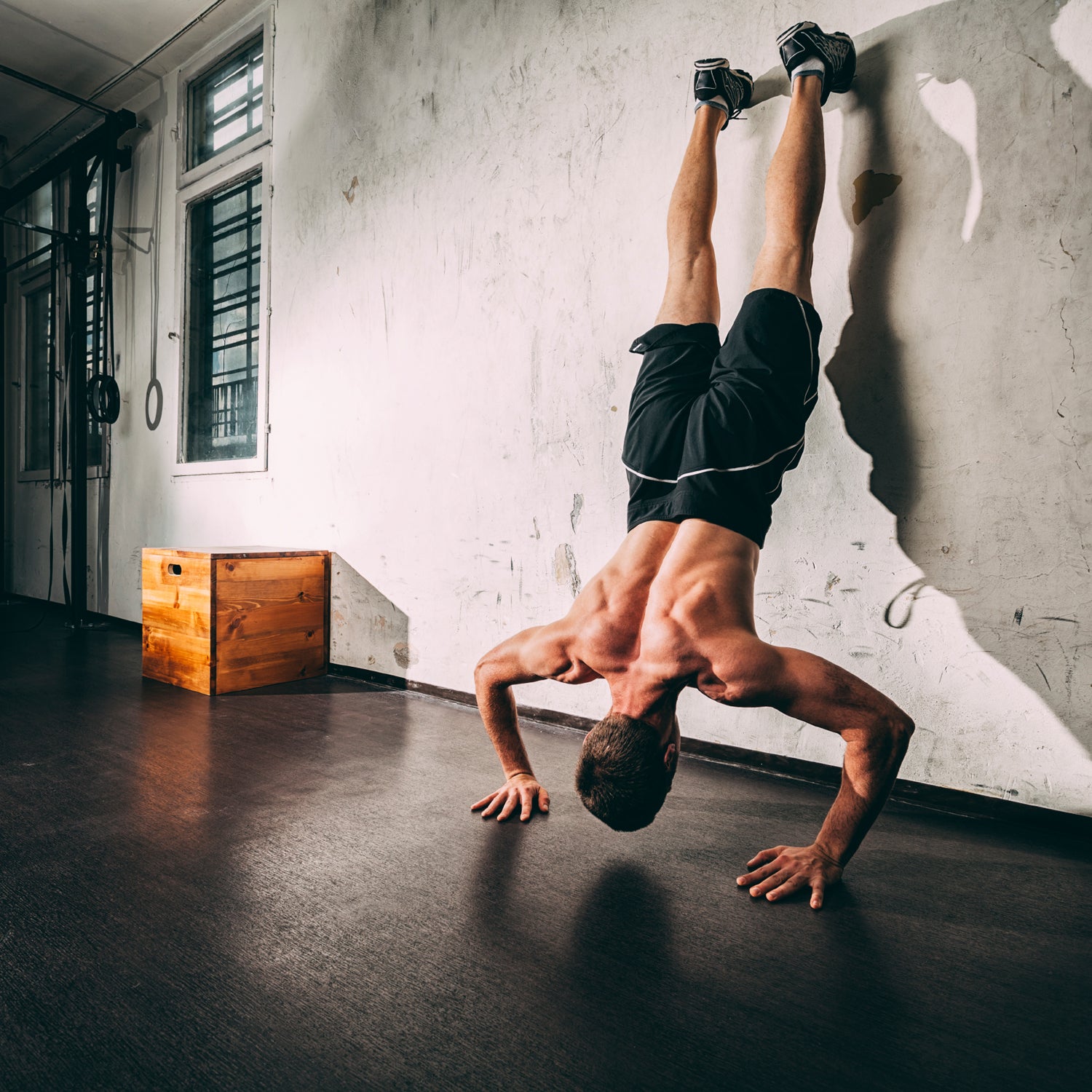Yes, you can improve your fitness with just a few workouts, especially if you're not in great shape to begin with and you're looking to boost endurance or cardiovascular health. If you're already near the top of your game, or your goal is to improve your strength, it may take a bit longer to reach that next level.
“The data's a lot more straightforward for aerobic exercise than it is for weight training,” says Douglas Van Pelt, a doctoral student at the University of Michigan School of Kinesiology. “In as little as one to two weeks, you can definitely see measurable results for things like your 5K time, for example, or your exercise capacity—like the wattage you can output on a bike's power meter.”
A lot of these differences come from very early adaptations of the cardiovascular system, Van Pelt explains. He cites a that shows how blood volume increases can occur after just eight days of training.
“A larger blood volume increases your cardiac output, and therefore your aerobic capacity,” he says. “The quick increase, even after a few days, can be very beneficial to exercise capacity and performance.”
Of course, results like this only happen when you really push yourself. This is known as the Overload Principle: the idea that the body can only adapt and improve if it's pushed beyond what it's done before. That's why it's harder to see or feel improvements if you're already a decent athlete.
“If you take somebody who's a couch potato and you start them on a training program, any stimulus you give them will deliver results much faster than someone who's very close to their true maximal exercise capacity,” says Van Pelt.
The body can only adapt and improve if it's pushed beyond what it's done before. That's why it's harder to see or feel improvements if you're already a decent athlete.
Regardless of your current shape, high-intensity interval training is probably the most effective way to boost your fitness in a short period of time. In fact, HIIT can deliver measurable differences in exercise performance in as little as six sessions over two weeks.
Each and every workout stimulates the body at a genetic level, as well. RNA and proteins important for skeletal muscle adaptation and aerobic capacity respond in as little as , says Van Pelt, and continue to change within the first week of a new routine.
When it comes to strength training, seeing real improvements may take a bit longer—up to four weeks, according to a 1994 Ohio University study. “This can be highly variable among individuals, so it's hard to make sweeping statements about” how long it will take until you see measurable results, says Van Pelt.
But that doesn't mean you can't benefit from your first week of weight lifting, says personal trainer , co-author of and former strength coach to Lance Armstrong and Matthew McConaughey. On the contrary, you can see measurable results in your first few sessions, simply by learning proper form and technique.
“If someone's been doing squats incorrectly—breathing at the wrong time or bringing their knees too far forward—I can instantly improve their strength output by probably 30 percent, by teaching them the right cues,” says Park. The same goes for working out efficiently with free weights or machines at the gym, he adds.
Van Pelt agrees that many of the physiological adaptations in the first few weeks of a strength routine are neurological, rather than muscular. “I'd allow three to four weeks minimum before you really reassess your performance or start to add weights or reps,” he says. “If you overload your muscles too soon, you'll create more soreness, and you'll have a harder time recovering and rebuilding those proteins.”
One more thing, while we're on the subject: If you're asking this because you've got a race or competition in a week and you're hoping to eke out some last-minute gains, you may want to reconsider. You're likely to do more harm than good at this point, so tapering—at least for a few days beforehand—is probably your best bet.
Bottom line: “As long as the exercise you're doing is difficult enough to stress your body and force it to adapt, you can definitely see changes in a week or two,” says Van Pelt. “They may be small changes, but depending on the level you're starting at, I'd say up to a 10-percent increase is possible.”


